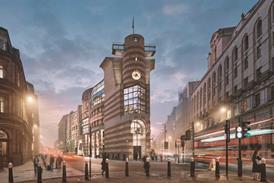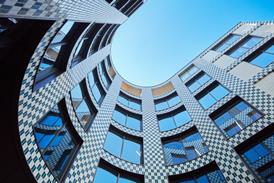- Home
- Intelligence for Architects
- Subscribe
- Jobs
- Events

2025 events calendar Explore now 
Keep up to date
Find out more
- Programmes
- CPD
- More from navigation items
It's 30 years since the Highbury Initiative - so why is Birmingham still making the same mistakes?

30 years after the Highbury Initiative, the city still struggles with the legacy of its post-war planning
As the motor industry boomed after the Second World War Birmingham went all-out for an American-style gyratory road system. In a convulsion of civic self-harm, the Inner Ring Road was systematically ploughed through a mediaeval street plan and acres of robust Victorian urban fabric. The Luftwaffe couldn’t hold a candle to the furious destruction wrought by the city’s own planners.
The result was an urban design catastrophe almost unparalleled anywhere else in the UK. The city centre had been strangled by this urban motorway. As a pedestrian, if you wanted to walk anywhere beyond the small traffic-clogged core you had to navigate a hostile and confusing network of subways. The fringes of the city centre were characterised by empty plots of land, cleared to make way for the road but now blighted. Outside the ring road lay a wealth of characterful but forlorn industrial areas. Almost everywhere you looked you were confronted by the urban illiteracy of car-oriented civic planning at its worst.
This content is available to registered users | Already registered?Login here
You are not currently logged in.
To continue reading this story, sign up for free guest access
Existing Subscriber? LOGIN
REGISTER for free access on selected stories and sign up for email alerts. You get:
- Up to the minute architecture news from around the UK
- Breaking, daily and weekly e-newsletters
Subscribe to Building Design and you will benefit from:

- Unlimited news
- Reviews of the latest buildings from all corners of the world
- Technical studies
- Full access to all our online archives
- PLUS you will receive a digital copy of WA100 worth over £45
Subscribe now for unlimited access.






